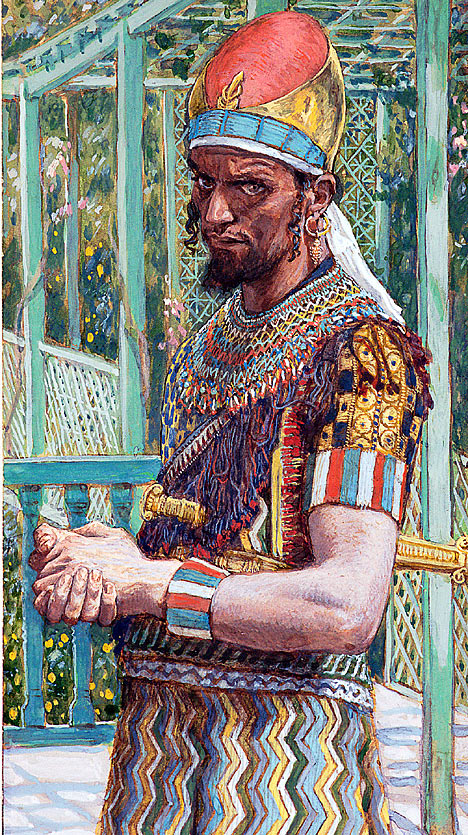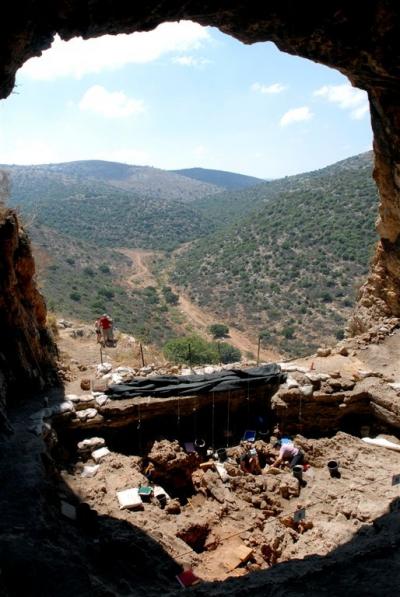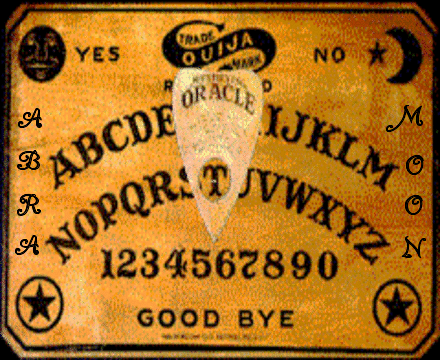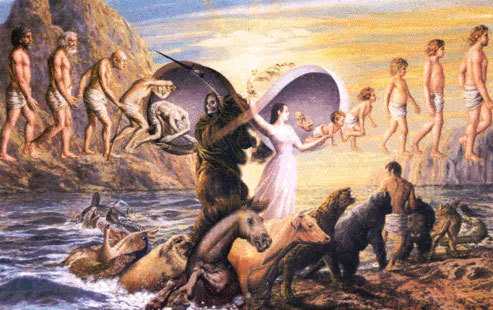Chinese archaeologists have claimed that a 1,000-year-old miniature pagoda, unearthed in Nanjing, holds a piece of skull belonging to Siddhartha Gautama, the founder of Buddhism.
The pagoda was wedged tightly inside an iron case that was discovered at the site of a former temple in the city in August.
The four-storey pagoda, which is almost four feet high and one-and-a-half feet wide, is thought by archaeologists to be one of the 84,000 pagodas commissioned by Ashoka the Great in the second century BC to house the remains of the Buddha.
Ashoka, one of India's greatest emperors, converted to Buddhism after waging a bloody war in the eastern state of Orissa. He is widely credited with spreading Buddhism throughout Asia, and across his kingdom, which stretched from Pakistan through Afghanistan and into Iran.
The pagoda found in Nanjing is crafted from wood, gilded with silver and inlaid with gold, coloured glass and amber. It matches a description of another of Ashoka's pagodas which used to be housed underneath the Changgan Buddhist temple in Nanjing.
A description of the contents of the pagoda was also found: a gold coffin bearing part of Buddha's skull inside a silver box. Although scans have confirmed that there are two small metal boxes inside the pagoda, experts have not yet peered inside. The pagoda is currently on display in the museum.
Qi Haining, the head of archaeology at Nanjing Museum, told state media: "This pagoda may be unique, the only one known to contain parts of Buddha's skull".
But he said there would be a lengthy process before the cases could be opened. In 2001, Chinese authorities found a case that was said to contain a relic of Buddha's hair, but declined to open the welded box in case it damaged the contents.
De Qing, an expert in Buddhism in Nanjing, said: “The discovery of the relic will have a huge influence on the cultural history of Buddhism in China and will establish Nanjing as a premier site. It will be a great encouragement for Buddhists as well as for future studies. It is important for Buddhism as a religion to have these sarira, or relics, to show its followers. The more a Buddhist practises, the more relics will remain of him after his death. I am hugely excited. I think they should take the skull outside of the container, it is a sacred item, but it is not an untouchable item.”
Siddhartha Gautama, who is believed to have been born in the fifth century BC, was a spiritual teacher and recognised by Buddhists as the Supreme Buddha of our age. Also known as Shakyamuni, or the Sage of the Sakyas, his teachings are contained in the Tripitaka, the canon of Buddhist thought.
He is said to have attained Enlightenment, or to have become a Buddha, which means "Awakened One", at the age of 35, after 49 days meditating underneath a pipal tree.
The second World Buddhist Forum, a gathering of monks and scholars from around the world, will take place near Nanjing next year in Wuxi.







